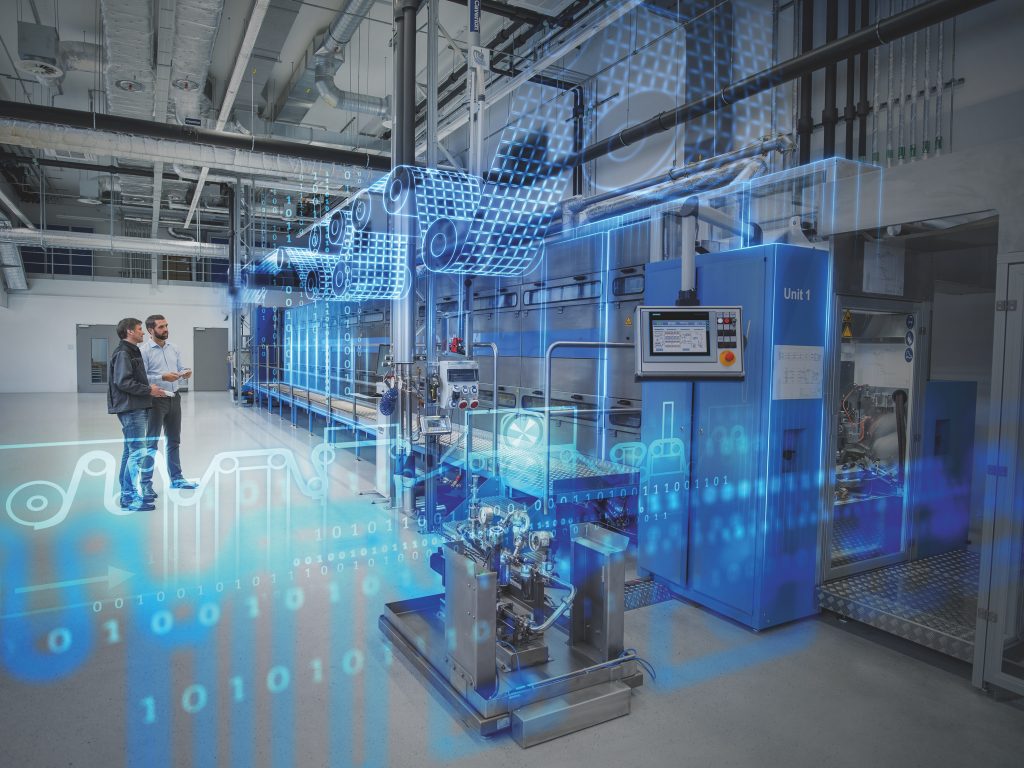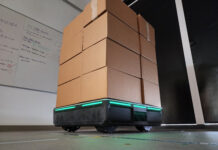
Could you give us an overview of the general service areas you cover for the industrial sector?
With the major shifts that are currently occurring within the industrial environment, we have identified Advanced Machine Engineering, Next Generation Machine Design, and Engineering Data Management as three target areas that demand particular attention. Change no longer comes slowly, customer demands are constant and ongoing. OEMs must rethink how they meet their customer’s needs in terms of customization, increased productivity, hyper-automation, and adaptability. Global competition must be taken into consideration as well, no matter your geographic market. The companies that will survive this transition are rethinking how they will incorporate and manage additional machine complexity, how will they manage this exponential internal complexity? And this applies both to machine builders as well as to entire manufacturing systems.
Who is the ideal candidate for your technology? Does a company need to be of a certain size, or of a particular technological maturity, to qualify?
If you are designing and manufacturing a product, we can help, from the smallest 10-person startup to the largest manufacturers in the world. Let me give you a few examples. We work with a small, 50-person company that is designing drones to deliver blood in Africa. This is a highly specific application, of course, involving singular flight and weather conditions, maintenance concerns, and supply chain issues, all of which must be anticipated in advance in order for this critical operation to prove successful. As an aside – and this is especially helpful for smaller companies – we will conduct a “maturity analysis” that allows us to benchmark them against similar companies in terms of size, revenues, market activities, and draw up a roadmap of the technology solutions we offer that might be best suited for their needs. And at the same time, we work with heavy equipment manufacturers at a much larger scale, designing some of the largest mining and off-road heavy duty industrial equipment in the world. Companies of this scale require constant, immediate, and intricate data on every aspect of their product. Siemens provides access to that information stream. We work with machine tool builders, additive manufacturers, providers of packaging for consumer products, companies involved in robotics, textiles, warehouse logistics, printing machines, pumps, you name it.
 How do you provide initial training and then software updates over time?
How do you provide initial training and then software updates over time?
We take a multi-angle approach to providing training opportunities. During initial implementation there is an emphasis on achieving and realizing the value the customer is seeking through its relationship with Siemens. One of the first things we do is welcome new users into a community of their peers located around the world who are using similar technologies and can offer insights based on this own experience. We find this kind of communication and interaction to be invaluable. Then we offer periodic classroom experiences at our technical centers, virtual education events, and we provide online customer portals in which their Siemens technology history is preloaded and a variety of useful functions can be conducted. We also have annual live events, which bring Siemens engineers and technicians together for two or three days virtually to discuss challenges and solutions. As for software updates, we offer them automatically, but we find that most customers prefer to handle that as a manual operation, so we’ll send them a notification when an update is available for their particular system and they can choose to download at their convenience.
Siemens Digital Industries Software has certainly earned its reputation for industrial synchronicity.
There is another solution known as MindSphere, which involves collecting real-time operational data from machine tools that can be fed back into design software for immediate improvements to any equipment produced from that point forward. When you connect all of your machines and aggregate the relevant data into one data lake, you can perform concise and powerful analysis to optimize your processes. It’s just another fresh way of looking at how we do business in this new industrial world.












































